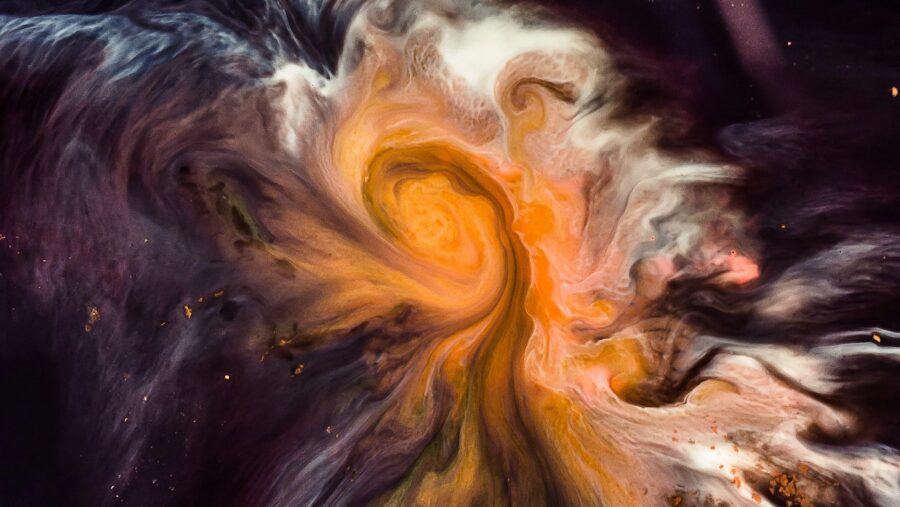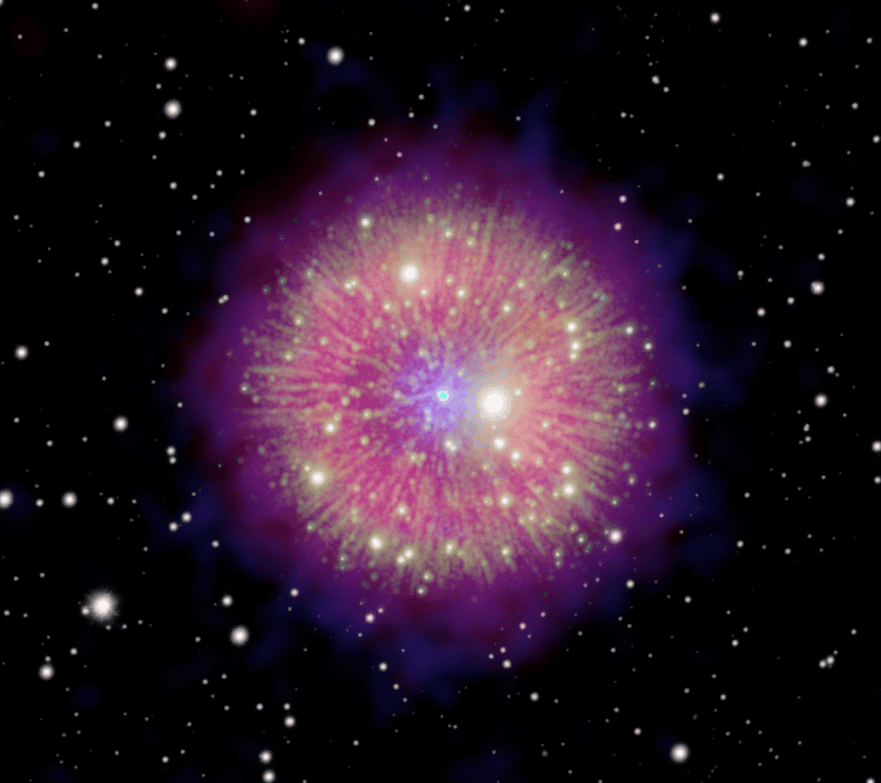Supernova Star Lives On As Undead Cosmic Zombie

Astronomers studying the aftermath of a supernova explosion have located the original star, a celestial body that should have been destroyed during the event but instead has become what is known as a zombie star. A team from the Center for Astrophysics, the Smithsonian, and Harvard led a thorough study of the supernova officially known as SN 1181, creating a 3D video of the event that created the “undead” star.
Tracking The Zombie Star
In the year 1181 (the supernova’s namesake), humankind was observing the constellation Cassiopeia when a bright light joined the cosmic structure for six days. Believed at the time to be another star, it’s been revealed that the watchers of the night sky a millenia ago witnessed the first recorded supernova, generations before the invention of the telescope.

The zombie star’s history has been traced by amateur astronomer Dana Patchick, who discovered that SN 1181 originated in the nebula Pa 30 within our own galaxy. The remains of the star were the subject of a more detailed research study by a team led by Tim Cunningham, who was part of the amazing 3D simulation.
What Is A Zombie Star?
The phenomenon of a zombie star has fascinated astronomers for decades. For those who might have been absent the day this was covered in physics class, a zombie star is a star that survives a Type 1ax supernova explosion, but does not disintegrate. Instead, this body remains as a star that is likened to a “zombie,” as it gives the appearance of coming back to life.
The zombie star isn’t the only orbiting body in the universe named for a supernatural creature. A zombie star can develop into a “vampire star” if it is able to siphon off energy from a nearby stellar neighbor, leading to its revival.
The zombie stars tend to occur in binary star systems, or solar systems that contain two suns. The larger star will go supernova and lead to the smaller of the two shrinking to a white dwarf. The zombie star that results will eventually die, as all stars do, but in ultra-rare cases, the zombie star can undergo the process more than once.
Capturing The Zombie Star
The SN 1181 event was investigated using massive amounts of data from the Keck Cosmic Web Imager, a spectrograph that towers 13,000 feet over sea level on the top of the Mauna Kea volcano at the W. M. Keck Observatory in Hawaii. As the instrument is able to capture a spectrum of light “from every pixel it creates,” the team behind the 3D video were able to build the model of SN 1181 that plays like a cosmic fireworks show.
The zombie star video has affirmed to the team that SN 1181 explosion occurred in the year that it was named But the work isn’t done quite yet. The 3D imaging has created more questions that they wish to have answered, including why the shape of the supernova was different than what they originally hypothesized.
Noting that the supernova exploded its material in an asymmetrical fashion, the team is currently looking at whether or not this might be due to a void surrounding the zombie star.
Source: Space











Login with Google